According to the National Center for Hydro-Meteorological Forecasting, saline intrusion in the Mekong Delta in the 2023-2024 dry season will be higher than the average of many years, but not as severe as the 2015-2016 and 2019-2020 dry seasons.
Announcing the 2023 Mekong Delta Annual Economic Report |
Freshwater reservoir in Long Xuyen Quadrangle: Solution to cope with drought and salinity in Mekong Delta |
From February 21 to 29, the highest temperature in the West will generally be 32-34 degrees Celsius; in the East, some places will be 35-37 degrees Celsius. In the context of no rain, sunny days, and slow water level changes on rivers, the National Hydrometeorological Agency forecasts that saline intrusion in the Mekong Delta will gradually increase at the end of the week and early next week (February 22-27).
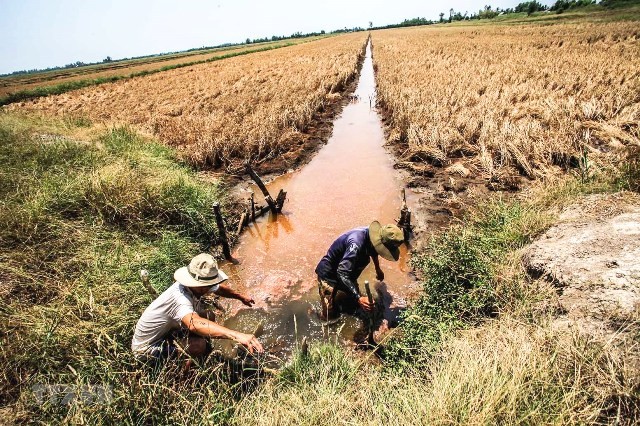 |
| Saltwater intrusion in the Mekong Delta. (Illustration photo: KT) |
The depth of the salinity boundary at the main river mouths such as the Vam Co Dong and Vam Co Tay rivers is generally within the salinity intrusion range of 50-62km; at the Cua Tieu and Cua Dai rivers, it is generally within the range of 30-40km; Ham Luong River 32-45km; Co Chien River 30-40km; Hau River 40-48km; Cai Lon River 30-40km.
In a general forecast on water resources and saltwater intrusion trends in the 2023-2024 dry season, a representative of the National Center for Hydro-Meteorological Forecasting said that saltwater intrusion in the Mekong Delta will be higher than the average of many years but not as severe as the 2015-2016 and 2019-2020 dry seasons.
Increased saline intrusion in the Mekong Delta is likely to occur in February-March 2024 (from February 22-27, March 7-12); in the Vam Co and Cai Lon rivers in March-April 2024 (from March 7-12, March 22-27, April 7-12, April 21-26).
The National Center for Hydro-Meteorological Forecasting stated that the saline intrusion situation in the Mekong Delta depends on water sources from the upper Mekong River, high tides and will fluctuate in the coming time. The meteorological agency recommends that localities in the Mekong Delta need to promptly update hydro-meteorological forecast information and take proactive measures to prevent saline intrusion.
Warning level of natural disaster risk due to saline intrusion in the Mekong Delta is at level 2. Salinity intrusion deep into rivers and canals will affect the lives and production of people in the area.
Source


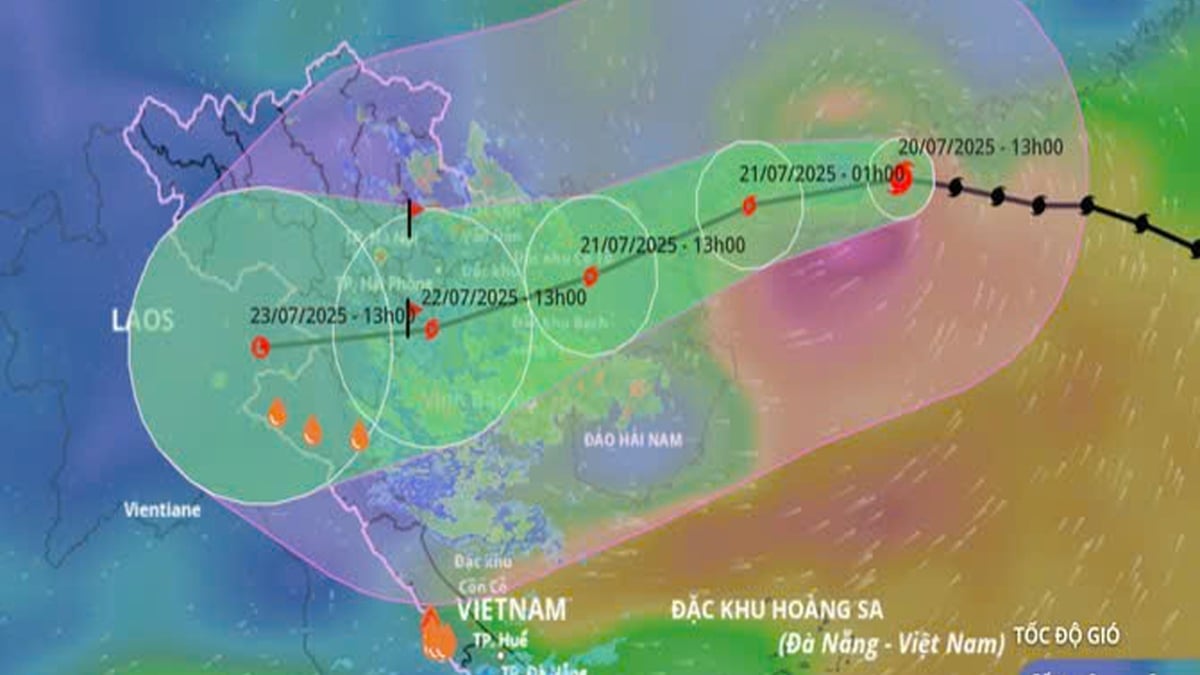
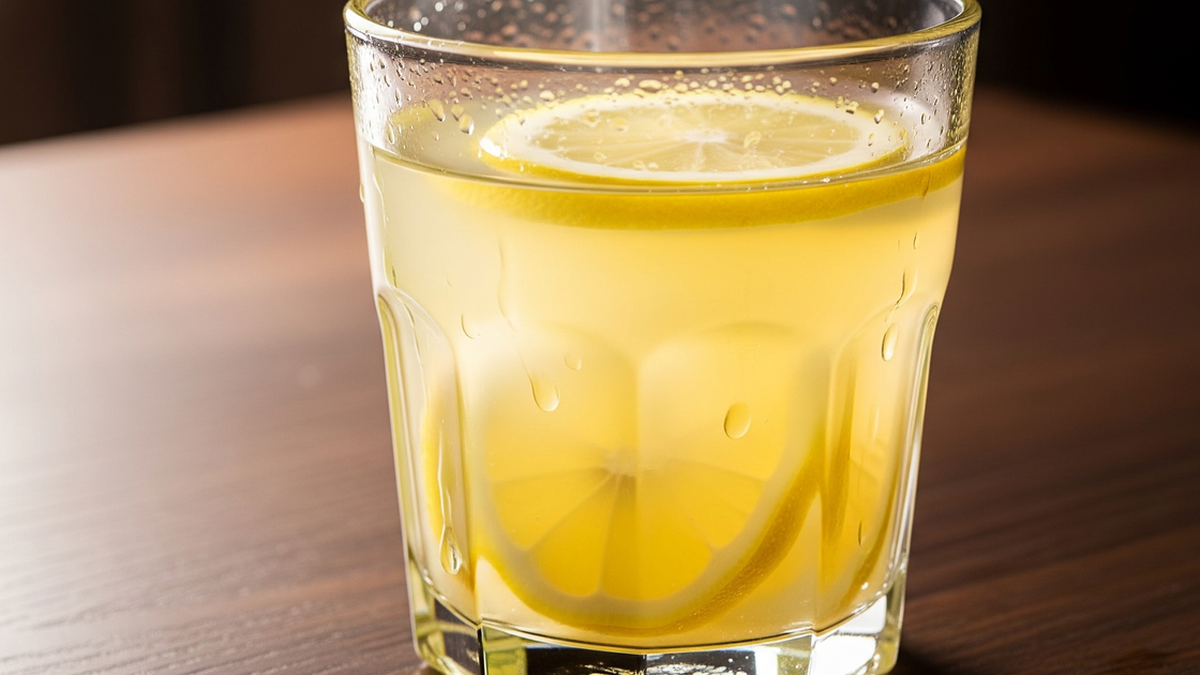
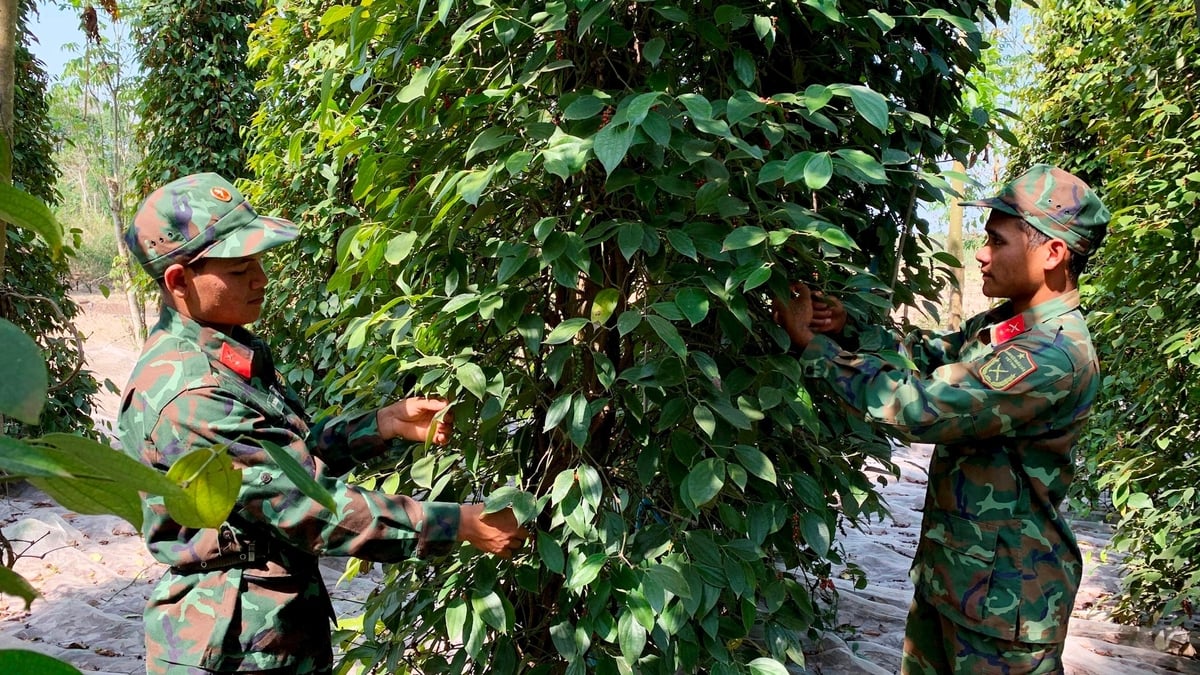


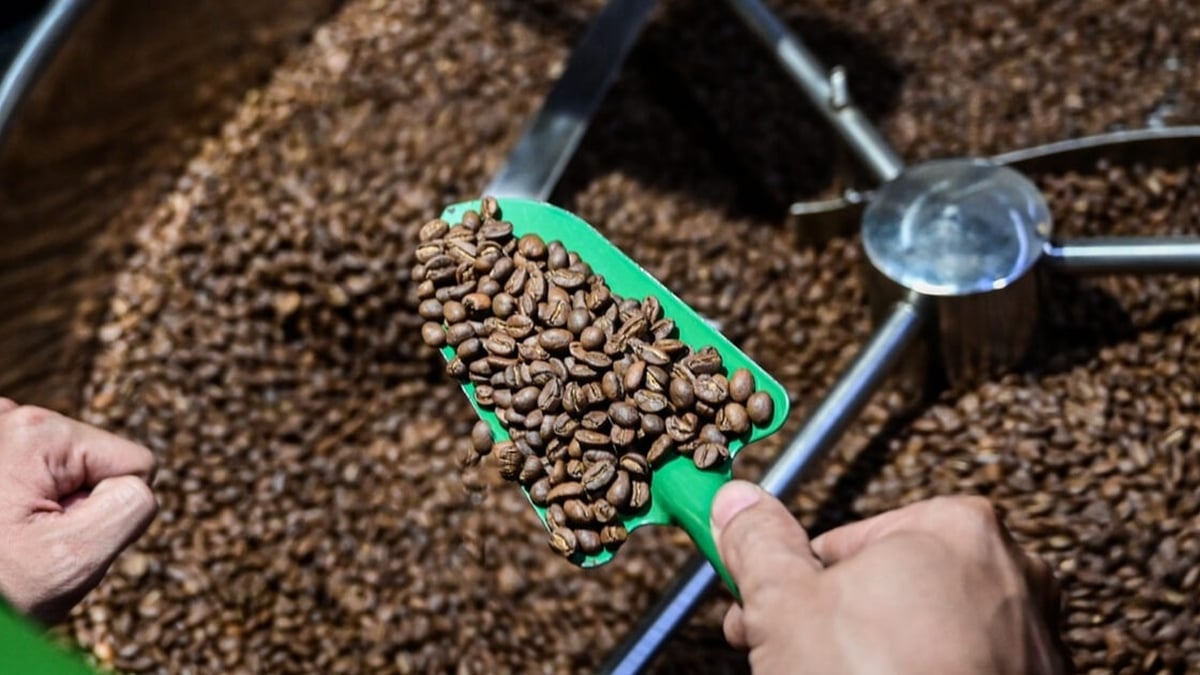
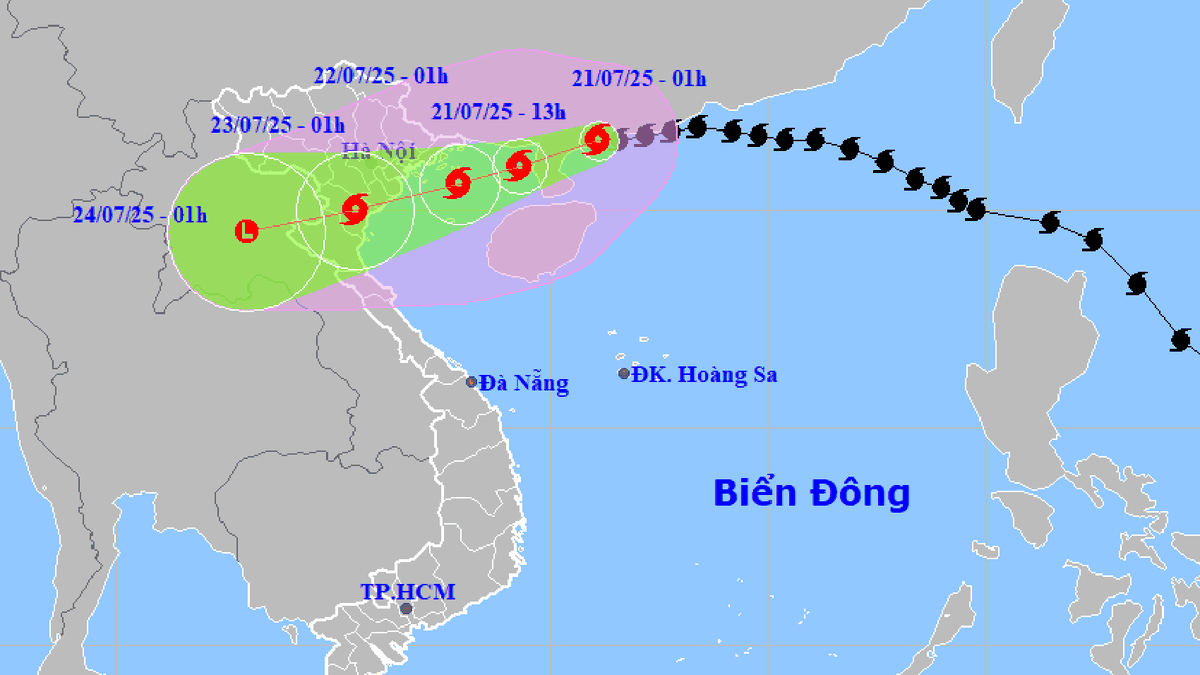
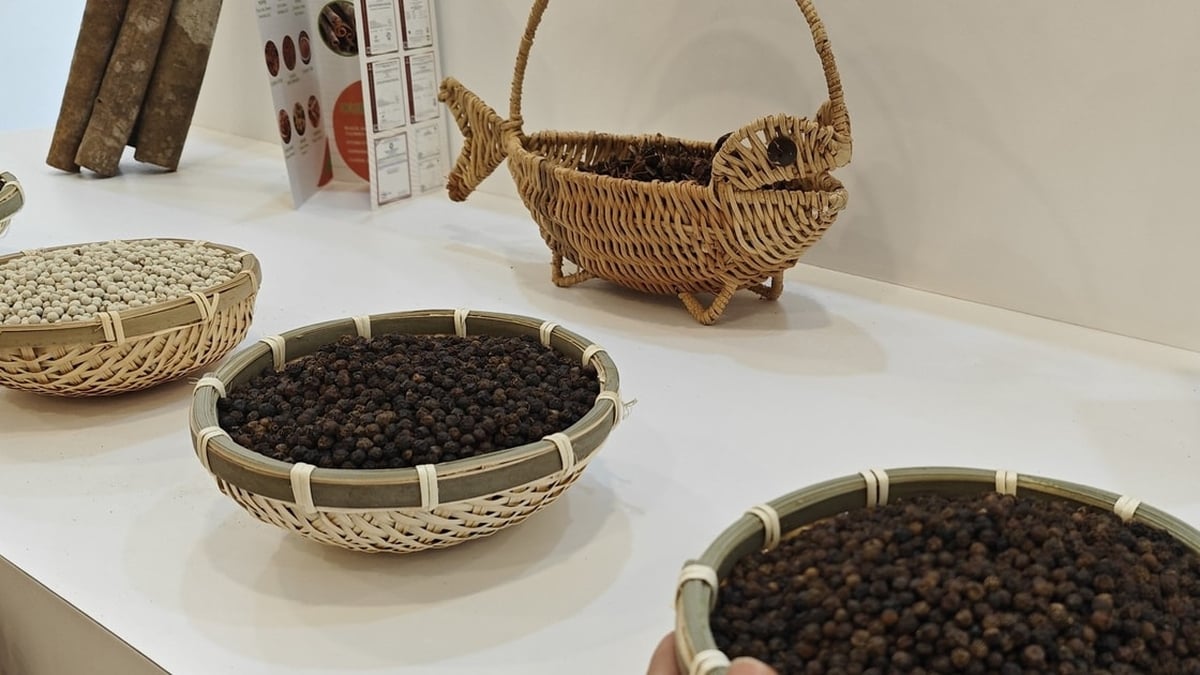
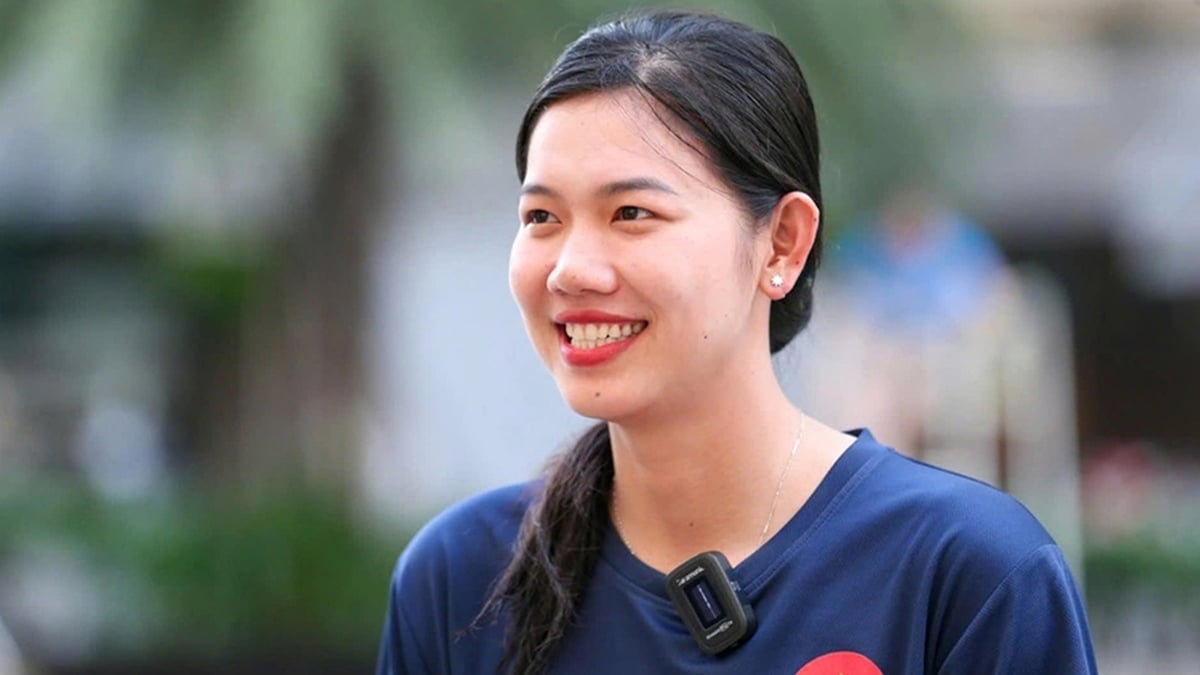










![[Photo] National Assembly Chairman Tran Thanh Man visits Vietnamese Heroic Mother Ta Thi Tran](https://vphoto.vietnam.vn/thumb/1200x675/vietnam/resource/IMAGE/2025/7/20/765c0bd057dd44ad83ab89fe0255b783)











































































Comment (0)